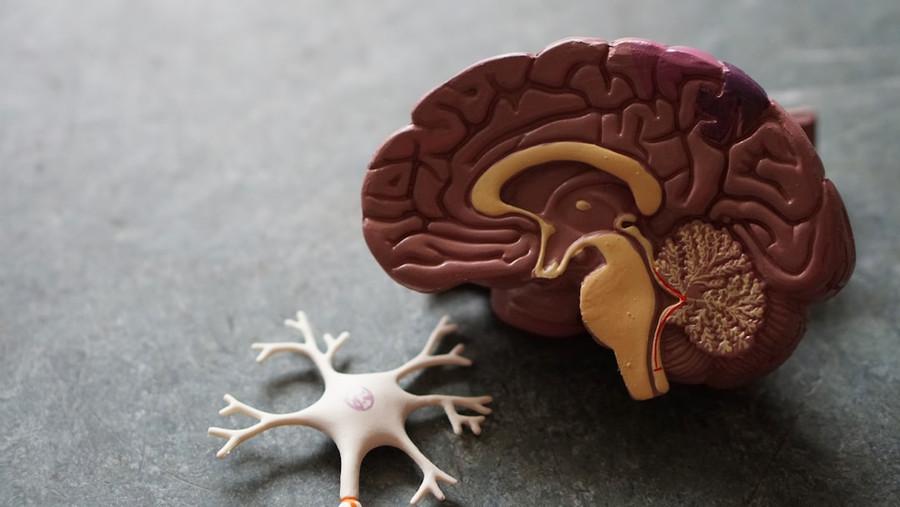Explore the World's Best Ideas
Join today and uncover 100+ curated journeys from 50+ topics. Unlock access to our mobile app with extensive features.
Neuronal Communication:
● Our brain's information processing begins with the communication between neurons, which are specialized cells that transmit electrical and chemical signals.
● Neurons form interconnected networks, and this communication forms the basis of information processing in the brain.
40
792 reads
Sensory Input:
● The brain receives sensory information from the environment through our senses.
● These inputs can include visual stimuli, auditory sounds, tactile sensations, tastes, and smells.
● The sensory organs capture these stimuli and convert them into electrical signals.
39
649 reads
Sensory Processing:
● Different regions of the brain are specialized to process specific sensory information.
● For example, visual stimuli are processed in the visual cortex at the back of the brain, while auditory information is processed in the auditory cortex.
● Each region analyzes and interprets the incoming sensory signals.
39
580 reads
Integration of Information:
● The processed sensory information is integrated in various regions of the brain, such as the association areas.
● These areas integrate sensory information from multiple sources, compare it with past experiences and stored knowledge, and create a coherent perception of the world around us.
40
529 reads
Memory Activation:
● Memories play a crucial role in our thought processes. When new information is processed, it interacts with stored memories in the brain.
● The activation of relevant memory networks can shape our thoughts and influence how we perceive and interpret incoming information
39
502 reads
Neural Pathways:
● Thoughts are a product of brain activities occurring along specific neural pathways.
● These pathways involve the activation of interconnected regions in the brain, communicating information through electrical and chemical signals.
● Different pathways are responsible for various cognitive functions, such as reasoning, attention, and problem-solving.
39
454 reads
Emotional Center:
● Emotions are processed in the brain's limbic system, which includes structures like the amygdala and the hippocampus.
● The amygdala plays a crucial role in emotional responses, while the hippocampus is involved in memory formation and emotional context.
47
430 reads
Injteraction Between Cognitive and Emotional Processes:
● Thoughts and emotions are deeply interconnected. Cognitive processes can influence emotional experiences, and emotions can shape our thoughts.
● The prefrontal cortex, responsible for higher-level cognitive functions, plays a crucial role in regulating and integrating thoughts and emotions.
44
410 reads
Feedback Mechanisms:
● The brain continuously receives feedback from our thoughts and emotions.
● This feedback helps us adapt our thinking patterns and emotional responses.
● Our brain learns from this feedback loop and can modulate future thoughts and emotions based on our experiences.
42
394 reads
DISCOVERIES
Scientists continue to uncover the complexities of our brain's workings, allowing us to gain more insights into our cognitive and emotional experiences.
37
432 reads
IDEAS CURATED BY
MEDICAL STUDENT! 🩺🇮🇳 On a journey of improving myself Two steps forward, one step back, and a lot of laughter.
Similar ideas
Read & Learn
20x Faster
without
deepstash
with
deepstash
with
deepstash
Personalized microlearning
—
100+ Learning Journeys
—
Access to 200,000+ ideas
—
Access to the mobile app
—
Unlimited idea saving
—
—
Unlimited history
—
—
Unlimited listening to ideas
—
—
Downloading & offline access
—
—
Supercharge your mind with one idea per day
Enter your email and spend 1 minute every day to learn something new.
I agree to receive email updates










